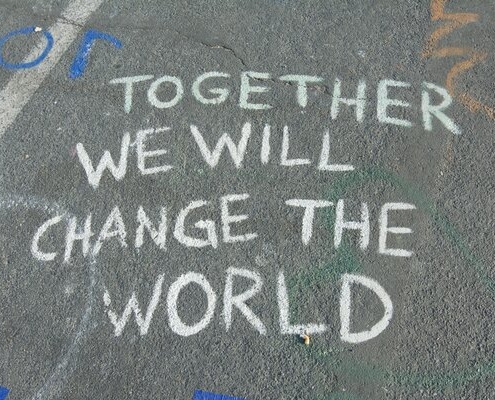Is Your Project Ready for Its Kick-off Meeting?

Photo by Aziz Acharki on Unsplash
The project kick-off meeting is a big milestone in the project lifecycle. When it’s complete, the team can dive into getting the project work done. Here’s some preparation for you to complete to make your kick-off meeting a success.
- Obtain agreement on the defined scope. Make sure stakeholders have a common understanding of the project scope. To do this, create a list of questions that might be asked at the kickoff. Draft answers to those questions and review them with key stakeholders before scheduling the kick-off meeting. Tweak the answers until the stakeholders agree that the scope is correct.
The kick-off meeting sets the tone for the project. If questions about scope arise in the kick-off meeting and key stakeholders agree on the answers, the team will be reassured that the project is on solid footing. That makes it easier to get your team members engaged in the project. (On the other hand, if stakeholders debate the scope in the kick-off meeting, the project team will question whether the project is headed in the right direction. Instead of being engaged, your team members could start looking for the nearest exit.)
- Draft a high-level project plan. Team members need to understand the project methodology you’re using, which teams will work together and roughly when they’re expected to participate. To address these items, you, as project manager, need to develop a high-level project plan. You need enough planning to show your team which direction the project will take and how their expertise helps achieve project objectives. (You don’t need to create a detailed plan, because you work with your team members to build that plan.
- Your sponsor is ready to address the team. Hearing about the project objectives directly from the sponsor is the best way to ensure project buy-in. The sponsor should:
- Explain how project outcomes will help the organization
- Communicate their personal dedication to help complete the project.
The sponsor and project manager should collaborate on the sponsor’s kick-off presentation to ensure that it syncs with the scope and plans that will be presented in the meeting.
The sponsor’s presentation is best done in person, but can be recorded if schedules don’t allow the sponsor to be present. Too many projects suffer from the sponsor not taking the time to be part of the kick-off meeting – the team will questions the sponsor’s dedication to the project.
- Ensure that High-level risks are understood. Stakeholders want to feel confident their concerns are understood and will be managed by the project team. It’s best to talk with stakeholders and address their fears prior to the kick-off meeting. However, it’s even better to have responses ready for questions raised during the session. As risks are brought up, share the facts you have, your intended actions, and investigations you may conduct to determine the probability and impact notable risks may have on your project.
- Define success criteria. Confirm the project’s success criteria, including the specific benefits for each area of the business. For example, instead of sharing “The project will help the bottom line,” share specifics like, “The project will reduce product cost by 18% to help address Finance goals and will increase throughput by 15% to support the Production Department.” Be ready to answer questions about how those objectives will be achieved. Keep your responses high-level — you won’t have detailed plans at your kick-off meeting.
What else do you do the prepare for a kick off meeting? Share your best practices or questions about kick off meetings in the comment section.
For more about kick off meetings, check out my Project Management Foundations course.
Coming Up
I’m starting the update of my Project Management Foundations course! Look for it in Fall 2022.




